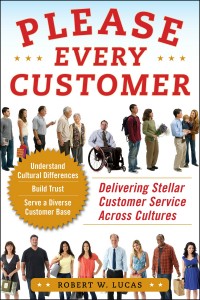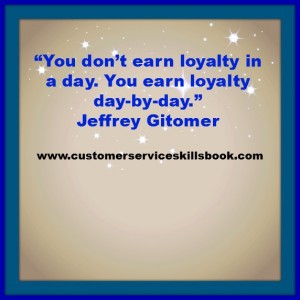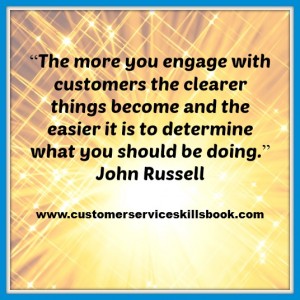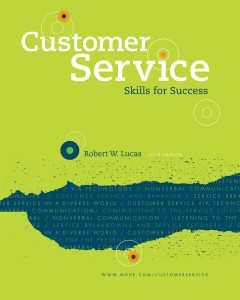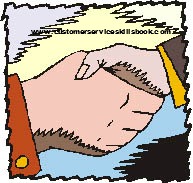Do You Feel That Fast Food Chain’s Prices Are Reasonable?
Have you ever suspected that what you pay is not what is always advertised on the menus at McDonald’s and Burger King restaurants? In recent weeks, I have visited several McDonald’s and Burger King fast-food restaurants. Generally, I have not had a problem, but on two occasions (one at each company’s locations), I have received an item on which the cost was more than what was listed on the menu.
In the case of McDonald’s I explained to the cashier that I wanted a hamburger the size of the Quarter Pounder, but I did not want all the normal items (e.g. American cheese, ketchup, mustard, pickles, and onion) on it. Instead, I specified “lettuce, tomato, and mayo only.” I asked if there was anything like that on the menu and she said they could just switch items on the Quarter Pounder. Obviously, they saved money because the sandwich no longer had all the add-on and instead substituted the three items I requested. When I went to pay for the meals, I found out that there was actually a .50 upcharge because I added tomato. I did not see this charge indicated on their menu, nor did the cashier mention it before ringing the item upon the register. Interestingly, they do not give credit for the items they do not supply on sandwiches in such instances.
To McDonald’s credit, when I went online to complain through their website, the district manager did call me back later to discuss the issue. He was very apologetic and said they would address my concerns since customer satisfaction is a major goal for the franchise. He even mailed me a coupon for a free meal.
On a second occasion, when I visited the drive-through to get a Whopper less than a week later, I ordered a sandwich with mayo and tomato only. The cashier asked “do you want cheese?” and without thinking, I said yes, since it was for my mother who likes American cheese. Again there is no notation on their menu that there is an additional charge and the cashier did not mention it. When I got the receipt and realized that there was a .50 cent upcharge, I asked why they had not indicated so on the menu. The cashier’s response was, “I guess they should add that.” Since I had gone through the drive-through and did not feel like wasting time to complain, I have no idea how it would be handled. I can tell you that several years ago, I had another issue with the same location and did complain but nothing seemed to change. I guess I should have learned my lesson then.
Maybe it is just me, but in a competitive business world where the fast-food companies vie daily for customer loyalty, brand loyalty, and customer retention, it seems that these little add-ons might be just the thing to make customers think about going to a competitor that does not upcharge for everything (e.g. Chic-Fil-A or Checkers). I know that when I consider either McDonald’s or Burger King as a possible source, I pause. Also, if I owned a fast-food restaurant, I know I’d certainly list all costs on the menu and provide customer service training to my employees in order to ensure that add-on costs are pointed out during the order process.
Have you had similar experiences? Let’s hear them.


